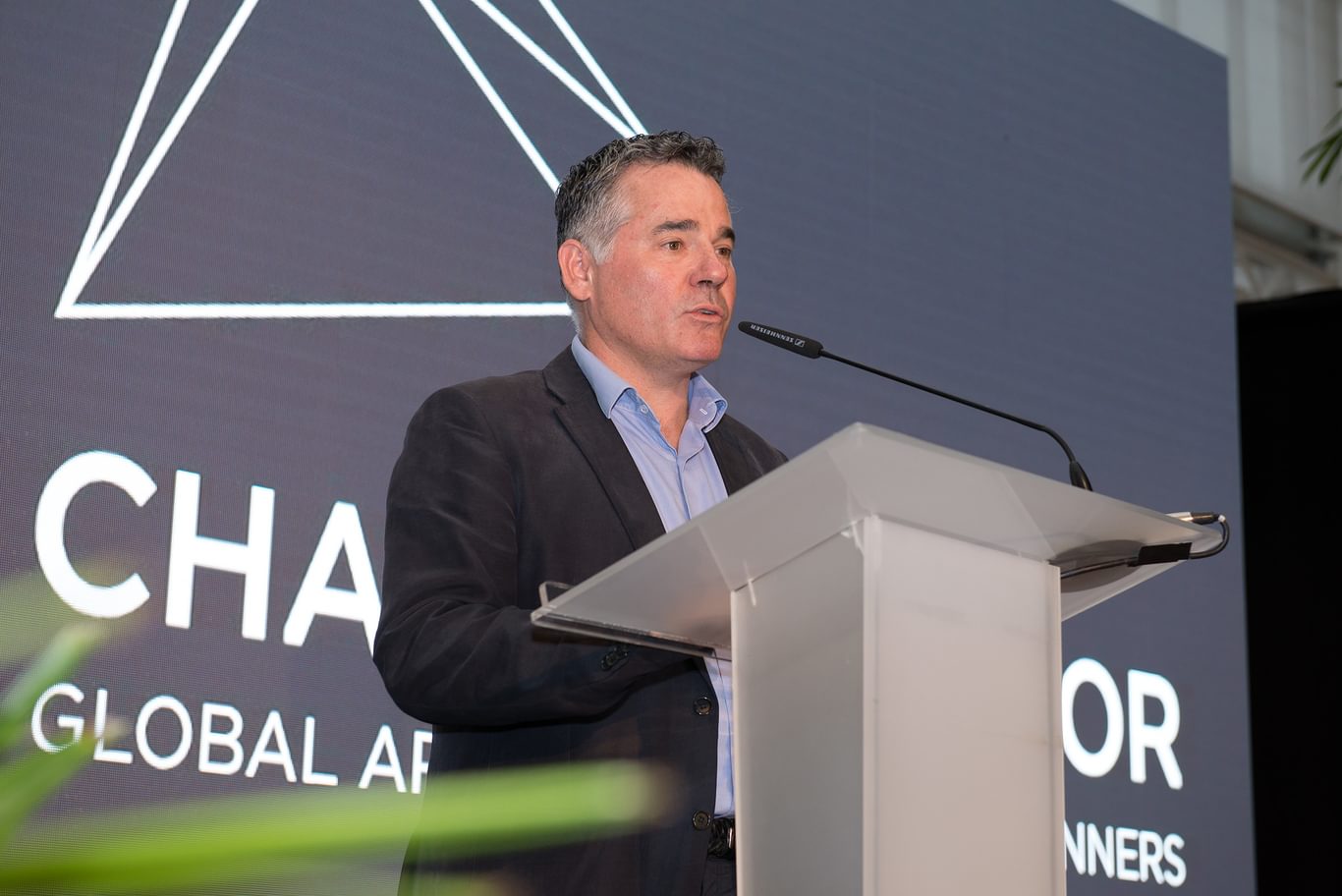
People profile: Madrid CEO Mikel Barriola talks about the importance of hard work and adapting to change
Tell us about your background
I am originally from San Sebastian in the north of Spain. I wasn’t sure what I wanted to be after I left school – it eventually came down to a choice between being an architect and being an artist. My parents convinced me that it would be better if I chose to be an architect, so, together with a couple of friends, I started studying Architecture at the University of the Basque Country in San Sebastian.
I then decided to go to North Carolina State University in the United States, where I got my Architecture bachelor’s degree. From there, I moved to the UK to finalise my studies so that I could work in Europe – I worked with a company in London for a year before completing my RIBA Part II diploma at Kingston University.
It was then that I started working at Chapman Taylor in London, during which time I achieved my Part III qualification. I chose Chapman Taylor because I wanted to be part of a well-recognised international company which would give me the chance to work in many countries, including my own.
How did the Madrid studio become established?
Chris Lanksbury, Elbio Gomez and I established a Spanish team in the London office. We worked together on Spanish projects from London, steadily growing a strong reputation in Spain.
In 2000, after three years in London, I and two colleagues were asked by Chapman Taylor to lead the opening of a new Madrid studio, though it took me a couple of months to adapt to the Spanish market. Eventually, in 2004, I became the Managing Director of the Madrid studio, and in 2014 I was appointed studio CEO.
What challenges did you face in establishing and building the Madrid studio?
When we came to Madrid, we didn’t have any infrastructure – we had no office, nothing! We had a couple of projects that we had signed contracts for, so we had to start work on the projects without having an office to work from. They were fun, but they were difficult!
We worked together with the London studio until the office was properly established. In those days, internet connections were poor and we didn’t have a proper email system. It is a lot easier today, but it was a fun time!
Tell us about your work expanding Chapman Taylor’s operations in Latin America.
We work on large projects in countries across the region, including Mexico, Brazil, Colombia and Peru. The biggest challenge is time – things can take a lot longer in Latin America to accomplish than we are used to in Europe. Distance is also a factor, causing significant time to be spent away from the studio.
Another challenge is that our fees have to be adapted to reflect the local conditions, which can sometimes make projects financially challenging. Our aim is always to ensure that the developments we create are successful for both us and for the client. We therefore adapt our teams flexibly to meet the varying needs on each project.
Is there a particularly memorable project you have worked on?
For me, it is Madrid Xanadu – a very large shopping centre with a snowdome for indoor skiing, which opened in 2003. It was our biggest development to date at the time, and the client took a very different design approach from what we had been used to. This project gave not only me, but our whole office, incredible experience, raising our profile even further. It was a very big and important project in Spain and internationally.
Other memorable projects included the impressive Mall of Qatar in Doha, which opened in late 2016, and further expanded the team’s strong international experience. We also recently finished a major urban project in the centre of Madrid, Plaza Rio 2, which, together with its “brothers” Plaza Norte 2 and Gran Plaza 2, has been very important for the Madrid studio.
Who or what have been your main influences, in architecture or otherwise?
The first major influence is that of my parents. They showed me the effort and hard work needed to live a decent life. Life can be hard, and it can require working long hours to be able to live comfortably. They taught me that work is fundamental. Another influence is the travelling I have undertaken around the world for work, which has allowed me to learn from the cultures and places that I have visited.
A great influence on my life has actually been Chapman Taylor itself! I started as a student at Chapman Taylor, and I learned everything I know about the architectural profession from the company.
What is your guiding philosophy when approaching a project?
Our philosophy is to be flexible and to listen to the client. The first thing that you learn from working across many countries is that you must understand the culture that the client comes from as well as their vision of how the buildings are going to work. We never have a preconceived idea of what a building needs to be, but rather we adapt to the client’s requirements, and we make every effort to turn their ideas into reality.
I am proud of the strong studio we have built in Spain, and the local and international projects we have worked on. Our professionalism and experience has brought us recognition from our colleagues and clients, who know that we deliver well-designed and financially successful developments.